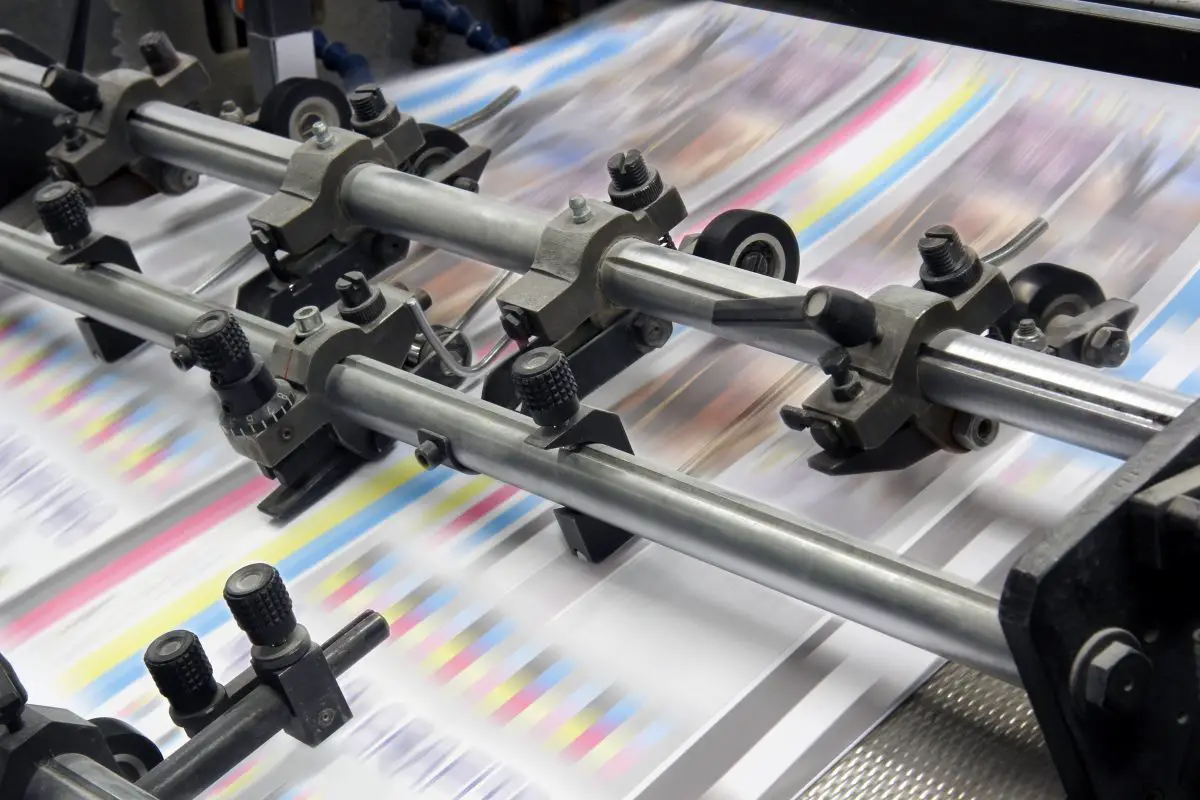I grew up with a daily paper and magazine subscriptions for a majority of my adolescent years, along with the morning news on in the background. Somewhere along the line though, the newspapers and magazines disappeared, and I began finding my news online.
A few years later, I became a Journalism major with an emphasis in print, and I realized how much I really missed those physical copies of my news. Granted, the digital world has so many opportunities for both news and readers, but the digital world taking over the print industry definitely has some downsides. So, from my perspective as both a young person who has largely grown up in the digital era, but one who also, as Journalism major, has a vested interest in the world of print media, here are the pros and cons of the move away from physical mediums to digital ones.
Pros
1. Cost
Today, the price for a “New York Times” subscription that includes daily home delivery and online access costs $4.50 a week, which is currently on sale from its regular price of $9.00 a week. “Cosmopolitan” magazine is currently offering a deal for one year of their print magazines and digital content for $13.
Although these prices may not seem like a lot now, they surely add up and take away from funds that could be used elsewhere, especially for college students. The alternative of finding a majority of the same stories online for free seems like a better option. While some publications don’t upload all their content to digital platforms, I guarantee you if it’s a popular story in the media, you’ll find it somewhere else for free.
2. Speed
Digital sites offer breaking news at any point in the day. Years ago, readers would have to wait for mornings to receive yesterday’s news, but today updates come at the swipe of a finger.

While broadcast news has continuously been there for the day’s recap and breaking moments, online sites update minute by minute, serving as on the fastest news sources. Viewers and readers can scroll through social media, their favorite news sites or simply search Google for the latest stories. Today is the age of rapid news in the palm of your hand.
3. Opportunities and Outlets
With the countless platforms and freedoms that the internet has to offer, there’s an opportunity for anyone to write online. The digital age allows almost any interest to have an online platform for news, updates and sharing of information. Numerous people across the world have the opportunity to write and post, without even receiving pay. People take up blogging as hobbies in their spare time, while others are lucky enough to earn a living off the pastime.
The digital world holds numerous opportunities for everyone to dabble in the writing world, no matter their passion. There’s no longer a requirement to be an author or journalist to have published work. Some websites spotlight submissions sent in from daily viewers while others gamble on unknown writers to learn and grow. Whether or not those sites and publications pay, writers, bloggers and photographers have a larger platform to advance their skills.
Cons
1. Reliability and Accuracy
With the speed the digital world brings, providing news anytime and anywhere, the rapidness begs the question: Is this news reliable? There’s been plenty of instances on sites like Twitter, for example, in which people and platforms in authority tweet news without dependable sources backing up their information. Instances of spreading unreliable information create the “fake news” label various journalists experience daily.
As the race for first to break the news continues, writers sometimes skip steps of fact checking, as they would for print, casing the endless cycle of what’s true or not. Along with the race for breaking news, numerous smaller publications are trying to deliver the same news as the classics. Most people tend to turn to well-known sources like “The Washington Post,” “Chicago Tribune” and “The New York Times” because people grew up on those sources. While small, individual publications are reliable for news too, people tend to be more hesitant.
2. Losing a Brand
As a result of all the smaller publications, the classics struggle for their viewers and readers. With all the options out there for people to find their news and entertainment, brands struggle to make a true impact in the industry. It’s slowly becoming a competition for the most clicks, shares and traffic, which can sometimes ruin the reputation of a brand.
Slowly, organizations can switch the focus of their attention, losing the qualities and reputation that characterize their brand. For example, when a publication stemming from a solely print platform starts to amp up their digital audience, they can forget about their print ways. While it’s critical to stay with the times and evolve for today’s technological advancements, it’s even more important to stay true to an acclaimed brand, because they set the tone for those independent publications.
While I personally have only ever written for digital platforms, I know the value of the print industry. The classic papers that people used to read daily paved the way for the websites you now scroll through daily. While I do see the digital world of news to be astonishing and full of opportunities, I also see it as a risk for the journalism field.
Although, who am I to say? The industry is changing every day, behind the scenes and in the public eye, but I hope it’s for the better. The print industry, although it’s considered a dying breed, stayed strong throughout this technological decade, with only a few setbacks, and still holds to be the true guide for the cyber world of news.

















